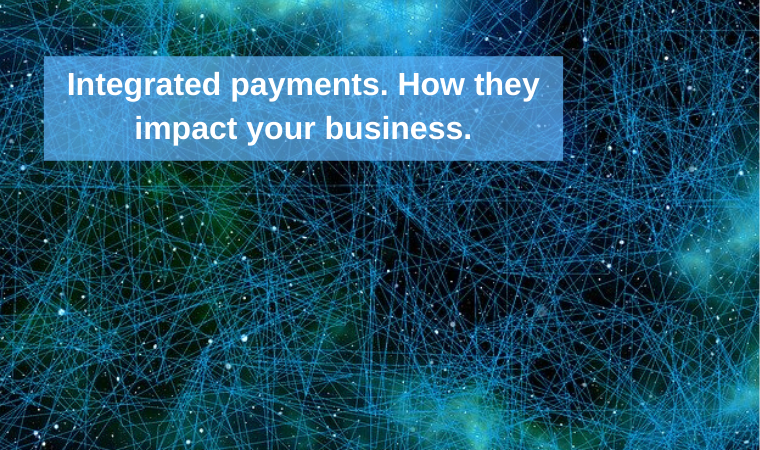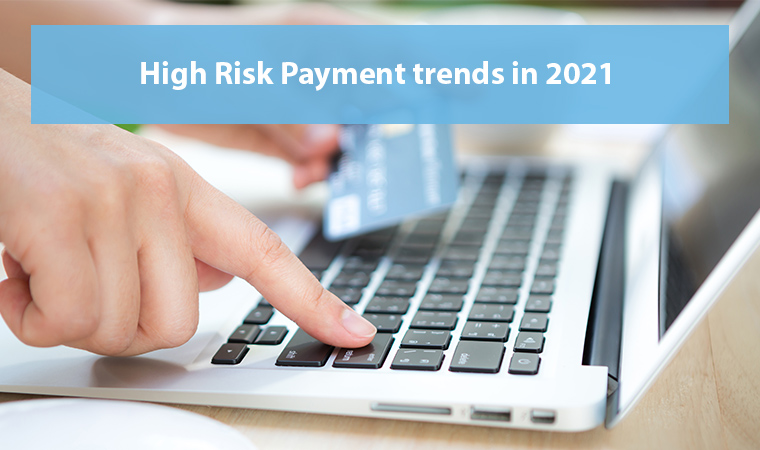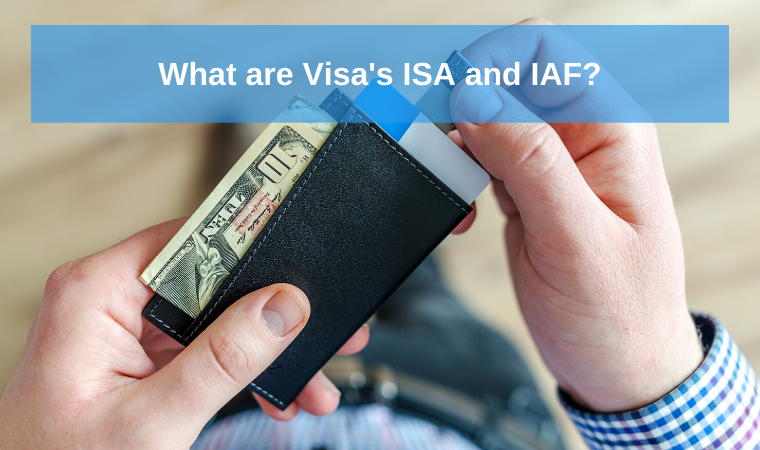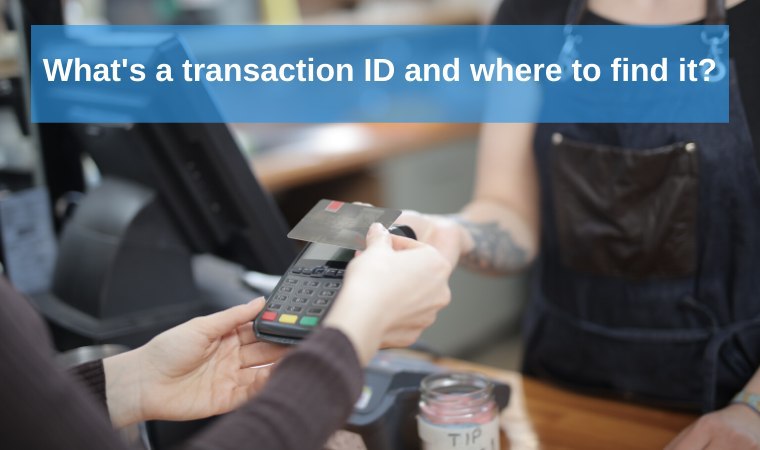Integrated payment processing. All must-know facts

When it comes to the integrated payments, people immediately think of the most popular credit card processors like Stripe, PayPal. These processors use a non-integrated payment scheme, the most common one in the digital world. Integrated payments, conversely, do not chain with payment gateways directly, but are integrated into the payment software.
Integrated payments can improve your transaction speed, conversion, and customer satisfaction, while a non-integrated solution can harm your business.
When using traditional payment systems, your website has no opportunities to make the payment process easier for customers.
The main goal of integrated payments is to accept payments directly with a shopping cart or CRM.
What exactly integrated payments are
Customers have always been in the first place, and every merchant strives to satisfy their needs in full volume.
Regardless of which business model you have, B2B or B2C, a client always wants to be able to make payments using the method that is most convenient for them. Payment options may include credit/debit cards, electronic checks, digital wallets, mobile phones.
More and more businesses are trying to get away from the manual model of financial management.
With the help of integrated payments, transactions can flow unhindered from many channels into a single accounting system. This process is automatic and almost error-free.
The evolution of customer preferences not only does not harm your business but makes it possible to optimize the business model. Therefore, you can more effectively develop your sales channels and satisfy the needs of more customers.
How do integrated payments work?
Several steps define the integrated payment process:
- A merchant receives an order via phone or directly on a website.
- A customer enters card details.
- The integration will process the payment.
As we can see, such technology is much easier than traditional payment systems, where few additional manipulations are obliged.
What are the advantages of integrated payments?
Security
The security of payment data plays a significant role in any business activity as a general matter. Fraudsters have always been trying to get credit card details or account numbers to commit a theft.
For the last decades, all accounting activities have been provided manually, which leaves plenty of space for committing fraud.
The reason why integrated payments are a solution lies in the cloud storage of the payment gateways. Thus, companies have a more secure method to operate with finances.
Not every integrated payment provider offers necessary and sufficient conditions to protect you against hackers. Choose a provider that fits your business model the best.
Reducing time spending
Financial management is a complicated procedure that takes a lot of time and effort. With manual accounting, the time required to enter payment data might be over-the-roof.
With integrated payments, there is no need to enter customer data manually, and, consequently, you can avoid undesirable waste of time. Besides, with manual entry, it is easy to make a mistake.
Having entered the data incorrectly, customers run the risk of losing large amounts, or, moreover, not receiving the service at all!
Integrated payment systems improve customer support
This method will help you track sales, register new ones, and support existing customers. In addition, you can improve your marketing activities, which is also useful for brand recognition.
In addition to tracking goods, the integration of payments makes it possible to monitor deliveries and replenish goods on time.
How to choose an integrated payment system correctly?
On the one hand, the world is full of international companies that offer integrated systems. But at the same time, choosing a payment system that is right for you can be a daunting task. When selecting such a system, you should not rely solely on the commission; certain recommendations will help you not to make a mistake.
When choosing an integrated payment system, pay attention to:
- Security with PCI DSS technology. PCI DSS (Payment Card Industry Data Security Standard) is developed to ensure the safety of processing, storage, and transmission of the cardholder’s data in information systems of companies working with international payment systems. The PCI DSS standard contains detailed information security requirements, divided into 12 thematic sections.
- Pricing. Payment providers can withdraw different fees, and you should be aware of all of them, including:
- Transaction fee. Since payment providers are only intermediaries, their price depends on the total fee of all parties involved.
- Chargeback fees. To initiate a chargeback procedure, banks will charge you a small amount of money.
- Fraud fee (for an unsuccessful transaction)
- Recurring fee.
- Encryption and fraud prevention software. To identify a cardholder, they must undergo an authorization procedure. For this method, a cardholder must enter their login and password. Besides, with the technology of 3D-secure, a cardholder receives a one-time password on a cell phone. For the best protection, electronic digital signatures are used, which unambiguously determine that this information is received from a particular person who owns the credit card.
- Integration opportunities. Make sure that the chosen payment system has an integration option that fits your business.
- Available customer support.
- Fast funds processing.
Integrated payments are increasingly replacing payment methods such as cash and checks. Therefore, it is essential always to miss the opportunity to provide the client with a new solution.
If you want to eliminate the need for manual accounting when accepting payments by credit cards, then integrated payments will be indispensable for you. In addition, they will ensure the smooth operation of your system and eliminate many errors. When choosing a payment provider, follow the criteria described above, and you can optimize the process of receiving payments and accounting as much as possible.


